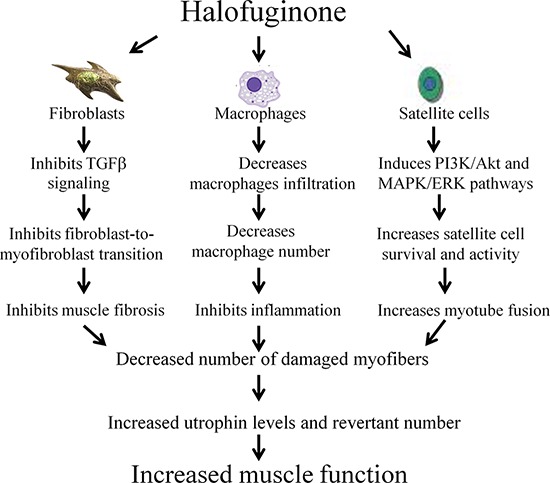Figure 7. Halofuginone and the dystrophic muscle.

Halofuginone reduces muscle fibrosis by inhibiting the TGFβ signaling and the fibroblast-to-myofibroblast transition [36–39]. It reduces inflammation by decreasing macrophage infiltration into the dystrophic muscle [37, 38, 42]. Halofuginone promotes myotube fusion and satellite cell survival [41, 58]. All of these halofuginone's actions decrease the number of the damaged myofibers and together with the increase in the utrophin levels and revertant number, they result in increase in muscle function.
